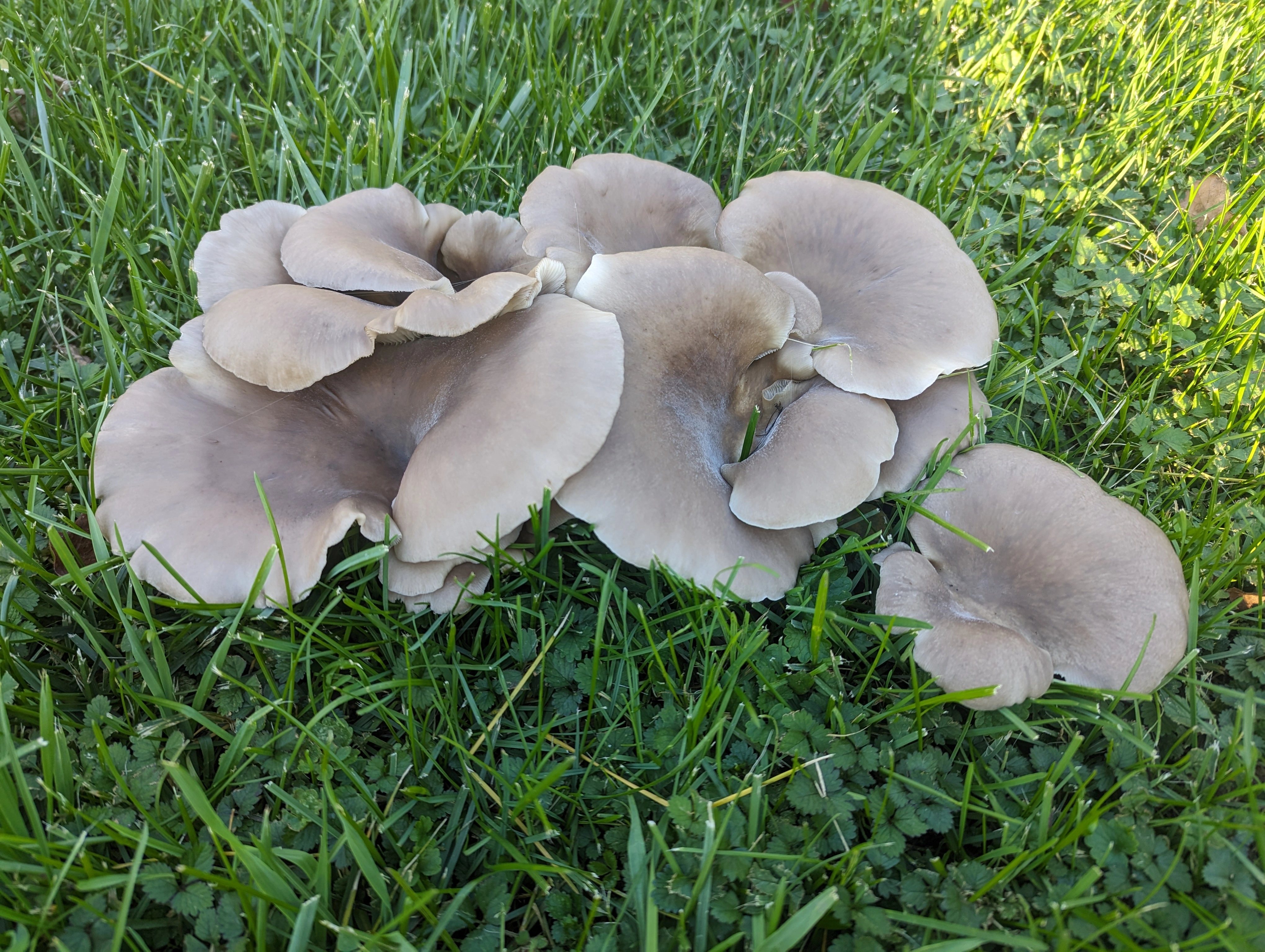this post was submitted on 20 Oct 2023
38 points (95.2% liked)
Mycology
3167 readers
1 users here now
founded 3 years ago
MODERATORS
you are viewing a single comment's thread
view the rest of the comments
view the rest of the comments

Hopefully you’ll get some experts chiming in. I am not. I just found your question interesting and did some searching.
The biggest thing I see to check is whether the gills run vertically *and extend into the stem. If the gills stop at the stem, avoid.
https://grocycle.com/oyster-mushrooms-guide/#:~:text=They%20should%20be%20smooth%20with,white%20to%20brown%20on%20top.
Edit: actually you may not need to avoid if the gills don’t run all the way. If they don’t, there’s a good chance they are Elm Oysters, but elm oysters are edible. I’m basing this info on the above link. It seems pretty clear that what you have aren’t the dangerous varieties listed on that page.
Thanks for the info! Here's a shot with the gills. Looks like the safe variety to me too!
Not pleurotis species of any kind. It should have gill lines(don't know proper term) running all the way down the stem. They also usually grow on wood not grass
I would generally agree, but 1) there may well be dead wood just under the grass and 2) these conditions may explain the atypical stem. Never fully trust ID by pic and opinions on the internet obviously but this looks very much like Pleurotus ostreatus to me. (Also because there aren't many alternative candidates in my opinion.)
I agree. These are some sort of Pleurotus but I have a rule about atypical morphology and consumption. Long story but some P. cubensis and I had a long “talk” about mushroom identification and I promised to never eat any mushroom I could not be %100 about. They were very clear on the subject. Like they knew I might fuck up one day.
Looks right to my untrained eye. But I’m not eating them :)
Better pics on this site:
https://www.mushroom-appreciation.com/oyster-mushroom.html